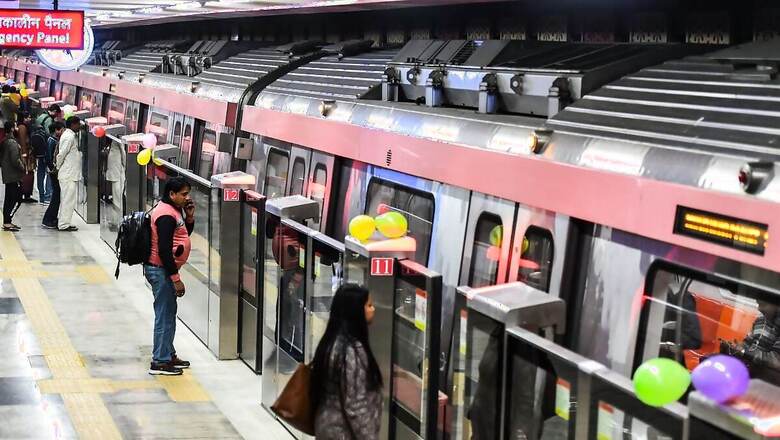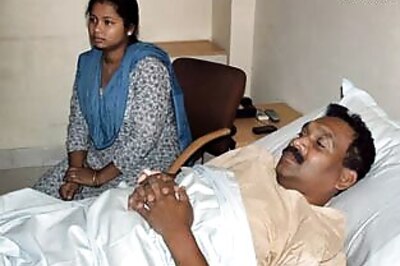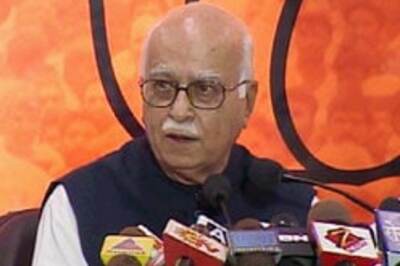
views
The population of poor Indians is now below 5 percent, said NITI Aayog CEO BVR Subrahmanyam, as the summary of a survey report on consumption and expenditure was released.
According to the Household Consumption Expenditure Survey 2022-23, the monthly per capita consumer expenditure of the country’s bottom 5 percent is Rs 1,441 in rural India and Rs 2,087 in urban India.
“Look, there was an old report of the Tendulkar committee on who can qualify to be poor. If we extrapolate it with the data of this survey, it shows that India has less than 5% poor remaining,” Subrahmanyam told News18.
The Tendulkar committee was formed in December 2005 by the Planning Commission, which has since been replaced by NITI Aayog. It submitted its report in December 2009, recommending that the rural poverty line should be recomputed to reflect money value in rural areas of the same basket of consumption that is associated with the existing urban poverty line. Hence, the all-India rural poverty headcount ratio for 2004-05 was placed at 41.8 percent, urban poverty headcount ratio at 25.7 percent and 37.2 percent at all-India level. These estimates were accepted by the Planning Commission.
But, NITI Aayog’s latest research findings show that the monthly spend of India’s bottom 5 percent – also referred to as monthly per capita consumer expenditure – is Rs 1,441 in rural areas and Rs 2,087 in urban. “This data makes me certain about this,” said the NITI Aayog CEO.
He, however, added that this does not mean people in India are well off now. “It means those living in absolute destitution are now less than 5%,” he said.
This survey report comes ahead of the Lok Sabha elections in April-May, and within a month after the NITI Aayog said 24.82 crore people have come out of multidimensional poverty in the last nine years. The government’s public policy body’s discussion paper, ‘Multidimensional poverty in India since 2005-06’ has credited government schemes and initiatives for addressing all dimensions of poverty between 2013-14 and 2022-23.
The paper states that initiatives like Poshan Abhiyan and Anaemia Mukt Bharat have increased access to healthcare facilities, leading to a decrease in deprivation.
Rural India bypassing urban?
Another key takeaway of the report is that rural India is catching up with urban. While urban incomes are up 2.5 times, rural incomes have increased 2.6 times.
Rural consumption has also risen faster than urban, narrowing the gap between the two. The gap in 2011-12 was 84 percent, which has been reduced to 71 percent. Government sources said this is reflective of Narendra Modi-led central government’s motto of ‘Sabka saath sabka vikas’.
Asked what drives this change in rural India, Subrahmanyam said: “This is primarily because of the assets of rural households and the major infra push. Earlier, governments used to focus on targets. This government is focusing on saturation of schemes. That has made a lot of difference.”
Where is India spending?
In another major takeaway, NITI Aayog has found that India is spending far less on cereals and overall food, and more on non-food items. In fact, cereal consumption is less than 5 percent in rural India and less than 4 percent in urban areas.
The report showed that people are spending more on aerated drinks and, in fact, rural areas spend less than 50 percent and urban Indians spend less than 40 percent on food – both are a first for India.
Indians, however, are spending a lot on conveyance and durables. In simpler words, they are spending more on public transport services like the Metro, buses, cabs as well as buying television and refrigerators.



















Comments
0 comment